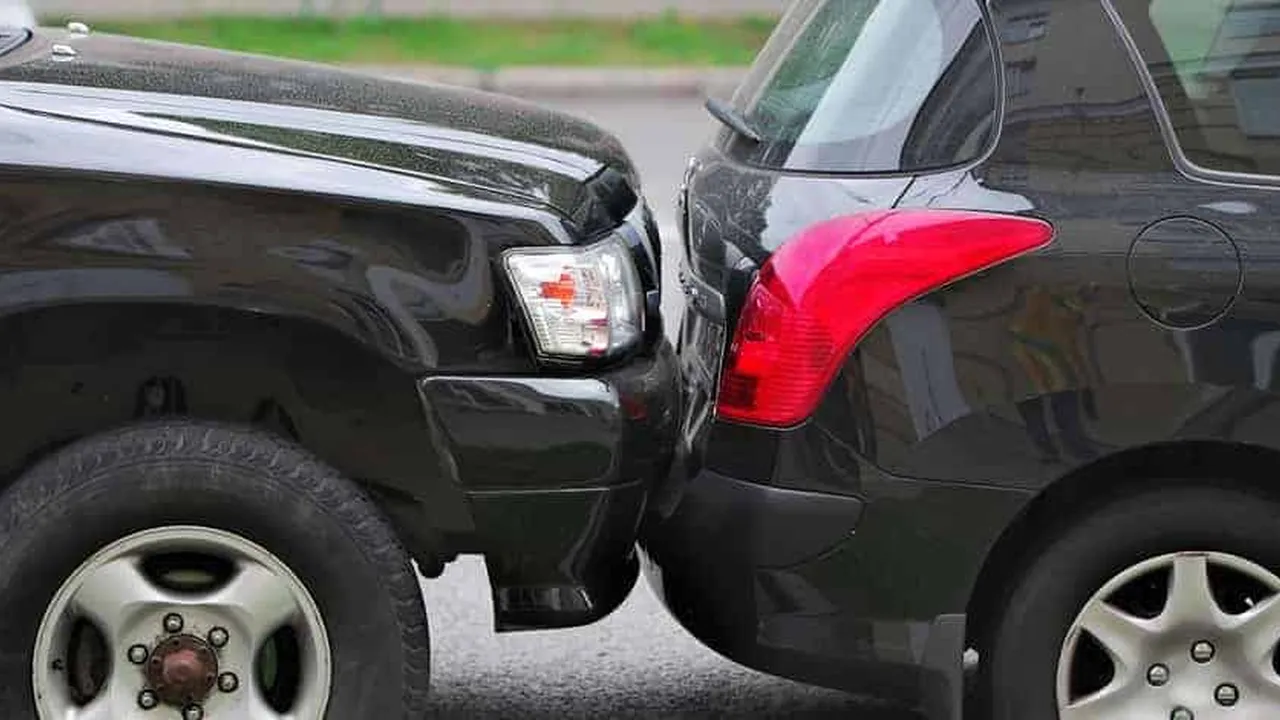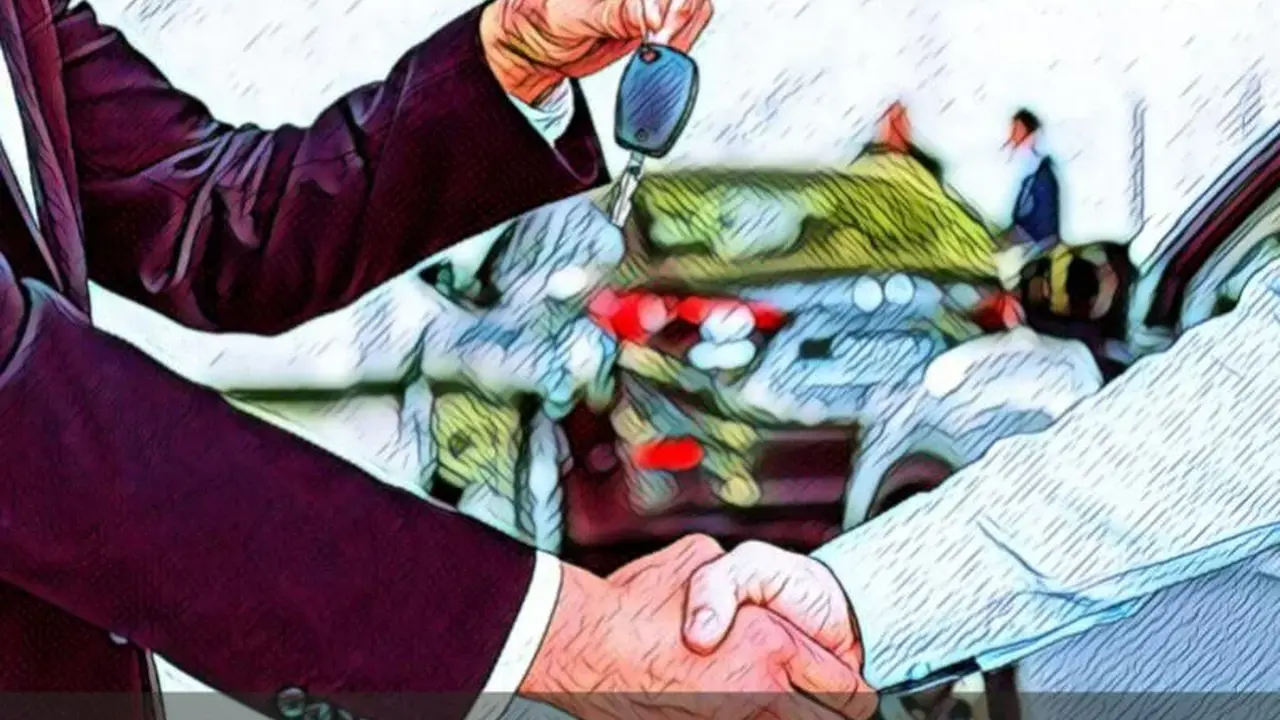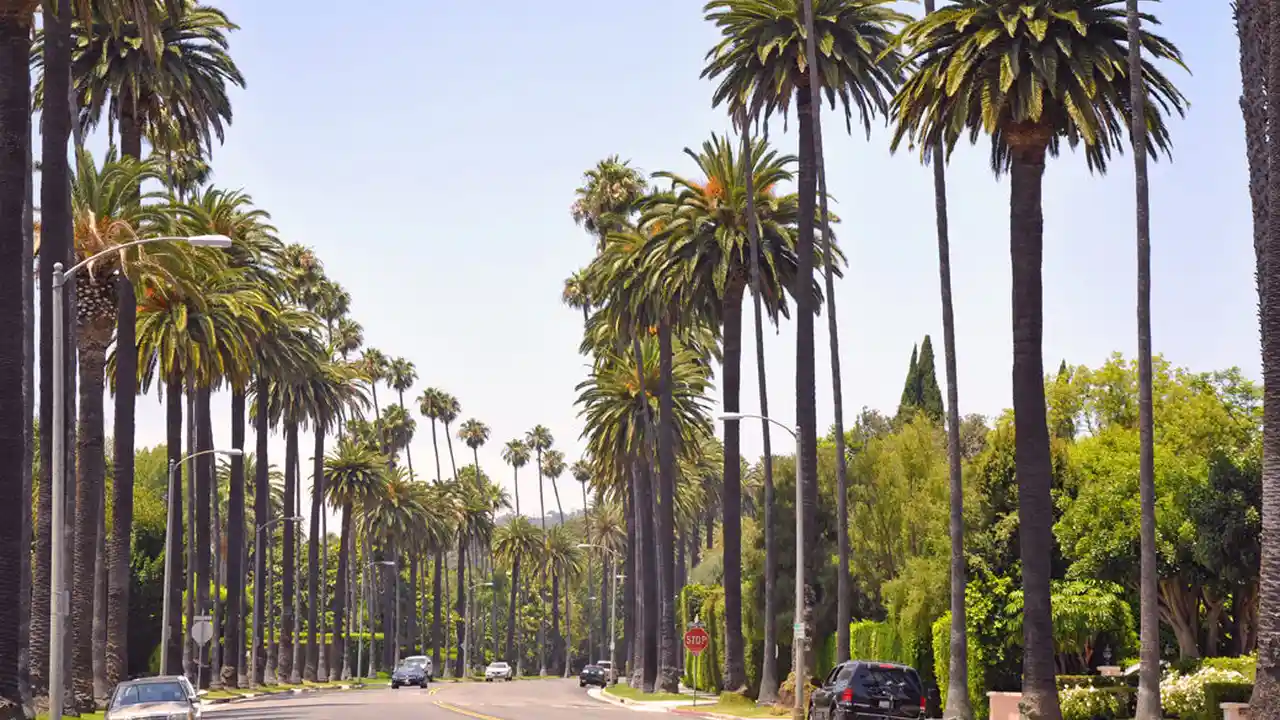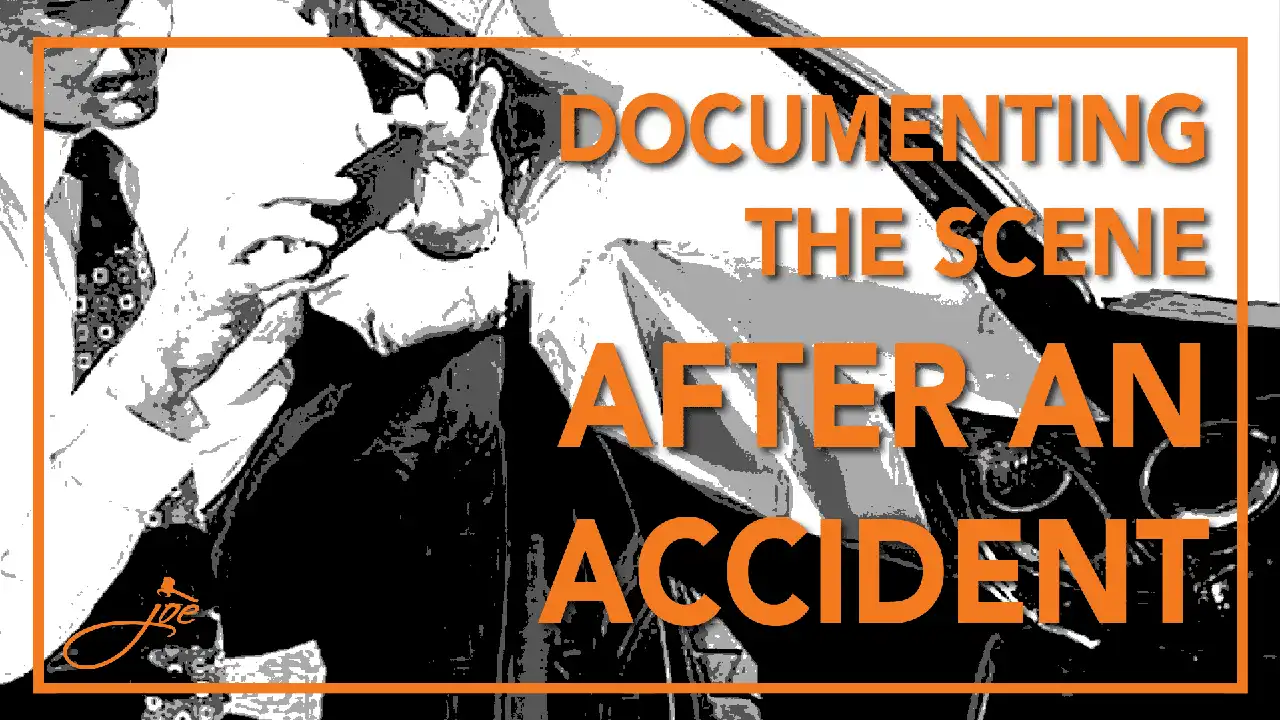Checklist: What to Do After a Minor Car Accident

Immediate Actions After a Car Accident: Safety First (Car Accident Safety)
Okay, so you've just been in a minor fender bender. Take a deep breath! The first thing you need to do is make sure everyone is safe. Pull over to a safe location, away from traffic. Turn on your hazard lights. Check yourself and your passengers for any injuries. Even if you feel okay, adrenaline can mask pain. Don't move anyone who might be seriously injured. Call 911 immediately if there are any injuries, or if the accident is blocking traffic.
Documenting the Scene: Gathering Evidence (Car Accident Evidence, Insurance Claim)
Now that everyone is safe, it's time to document the scene. This is crucial for your insurance claim. Use your phone to take pictures of everything: the damage to all vehicles involved, the location of the accident, any skid marks, and any relevant signs or traffic signals. Get the other driver's information: their name, address, phone number, driver's license number, and insurance information (company and policy number). Don't admit fault, even if you think you might be partially responsible. Just stick to the facts.
Exchanging Information: Driver and Witness Details (Driver Information, Witness Statements)
It's essential to exchange information with the other driver. Verify their driver's license and insurance card. If there are any witnesses, try to get their contact information as well. Witness statements can be invaluable if there are disputes about who was at fault. Be polite and professional, but don't get into a heated argument. Keep the conversation brief and focused on exchanging necessary information.
Contacting Your Insurance Company: Filing a Claim (Car Insurance Claim, Insurance Company)
As soon as possible, contact your insurance company to report the accident. Provide them with all the information you've gathered: the other driver's information, photos of the damage, and a description of the accident. Your insurance company will guide you through the claims process. Be honest and accurate in your account of the events. Don't exaggerate or omit any details.
Assessing the Damage: Getting an Estimate (Car Repair Estimate, Damage Assessment)
Once you've filed a claim, your insurance company will likely want to assess the damage to your vehicle. They may send an adjuster to inspect your car, or they may ask you to take it to a specific repair shop for an estimate. Get multiple estimates from different repair shops to ensure you're getting a fair price. Make sure the estimates include all necessary repairs, including parts and labor.
Understanding Your Coverage: Policy Details (Car Insurance Policy, Coverage Options)
Review your car insurance policy to understand your coverage limits and deductible. Your deductible is the amount you'll have to pay out of pocket before your insurance company covers the rest of the repairs. Understand what type of coverage you have (collision, comprehensive, liability) and how it applies to your situation. If you have questions about your coverage, contact your insurance agent.
Navigating the Repair Process: Choosing a Repair Shop (Car Repair Shop, Insurance Approval)
Once you've chosen a repair shop and received an estimate, your insurance company will need to approve the repairs. They may negotiate the price with the repair shop. Make sure you understand the repair process and what's covered by your insurance. Keep in contact with the repair shop to stay updated on the progress of the repairs.
Rental Car Options: Staying Mobile (Rental Car, Insurance Coverage)
If your car is undriveable, you may be eligible for a rental car. Check your insurance policy to see if you have rental car coverage. Some policies provide rental car coverage for a limited time, while others offer unlimited coverage. Your insurance company may have preferred rental car agencies. Be sure to understand the terms of your rental agreement.
Dealing with Injuries: Medical Treatment (Medical Treatment, Personal Injury)
If you or your passengers sustained injuries in the accident, seek medical treatment immediately. Even if you don't feel seriously injured, it's important to get checked out by a doctor. Keep records of all medical expenses and treatments. If you're experiencing pain or discomfort, follow your doctor's recommendations. Your car insurance policy may cover medical expenses related to the accident.
Potential Legal Issues: Seeking Legal Advice (Legal Advice, Car Accident Lawyer)
In some cases, it may be necessary to seek legal advice after a car accident. If you're seriously injured, or if there's a dispute about who was at fault, a car accident lawyer can help you protect your rights. A lawyer can investigate the accident, negotiate with the insurance company, and represent you in court if necessary. Don't hesitate to consult with a lawyer if you're unsure about your legal options.
Preventing Future Accidents: Safe Driving Habits (Safe Driving, Accident Prevention)
The best way to avoid car accidents is to practice safe driving habits. Pay attention to the road, avoid distractions, and obey traffic laws. Maintain a safe following distance, and be aware of your surroundings. Don't drive under the influence of alcohol or drugs. Regularly inspect your vehicle to ensure it's in good working condition.
Understanding Diminished Value: Car Value Loss (Diminished Value, Car Resale Value)
Even after your car is repaired, it may have diminished value due to the accident. Diminished value is the difference between the car's value before the accident and its value after the repairs. You may be able to recover diminished value from the at-fault driver's insurance company. An appraiser can help you determine the amount of diminished value.
Dealing with Uninsured Drivers: Uninsured Motorist Coverage (Uninsured Motorist, Insurance Protection)
If you're involved in an accident with an uninsured driver, your uninsured motorist coverage can protect you. Uninsured motorist coverage pays for your medical expenses and car repairs if the at-fault driver doesn't have insurance. This coverage is typically required in most states.
Understanding Underinsured Motorist Coverage: Additional Protection (Underinsured Motorist, Policy Limits)
Similar to uninsured motorist coverage, underinsured motorist coverage protects you if the at-fault driver doesn't have enough insurance to cover your damages. If your damages exceed the at-fault driver's policy limits, your underinsured motorist coverage can pay the difference.
The Importance of Gap Insurance: Loan Protection (Gap Insurance, Loan Balance)
If you financed your car, you may want to consider gap insurance. Gap insurance covers the difference between the car's value and the amount you still owe on your loan. If your car is totaled in an accident, gap insurance can prevent you from owing money on a car you can no longer drive.
Reviewing Your Insurance Policy Regularly: Staying Informed (Insurance Policy Review, Coverage Updates)
It's important to review your car insurance policy regularly to ensure it meets your needs. As your life changes, your insurance needs may also change. Review your coverage limits, deductible, and policy options. Contact your insurance agent if you have any questions or need to make changes to your policy.
Product Recommendations for Car Safety and Emergency: Preparing for the Unexpected (Car Safety Products, Emergency Kit)
Being prepared for a car accident or other roadside emergency is crucial. Here are a few product recommendations:
-
Emergency Roadside Kit: AAA 76-Piece Roadside Emergency Kit
This kit includes jumper cables, a first aid kit, a flashlight, and other essential tools. It's perfect for handling minor repairs and emergencies on the road. Use it for jump-starting a dead battery, patching a flat tire, or providing first aid to injured passengers. Compared to other kits, this one offers a comprehensive selection of tools and supplies. Price: Approximately $50.
Use Case: Stranded on the side of the road with a dead battery.
Comparison: This kit is more comprehensive than basic kits that only include jumper cables. It's a good value for the price.
Price: $50
-
Dash Cam: Vantrue N4 3 Channel Dash Cam
A dash cam can provide valuable evidence in the event of an accident. The Vantrue N4 records the road ahead, the interior of your car, and the rear of your car simultaneously. It can also record audio. Use it to document the events leading up to an accident and protect yourself from false claims. Compared to other dash cams, the Vantrue N4 offers superior video quality and a wider range of features. Price: Approximately $250.
Use Case: Recording an accident to prove fault.
Comparison: This dash cam offers higher resolution and more features than cheaper models.
Price: $250
-
Tire Inflator: Viair 85P Portable Air Compressor
A portable tire inflator can help you inflate a flat tire and get back on the road. The Viair 85P is compact and easy to use. Use it to inflate a low tire and avoid driving on a flat. Compared to other tire inflators, the Viair 85P is more powerful and durable. Price: Approximately $60.
Use Case: Inflating a low tire on the side of the road.
Comparison: More powerful and durable than cheaper inflators.
Price: $60
Dealing with Police Reports: Obtaining and Understanding (Police Report, Accident Investigation)
If the police were called to the scene of the accident, they will likely file a police report. You can obtain a copy of the police report from the police department. The police report will include information about the accident, including the date, time, location, and a description of the events. It may also include the police officer's opinion about who was at fault. Review the police report carefully to ensure it's accurate.
Checklist: What to Do After a Minor Car Accident - A Recap (Car Accident Checklist, Insurance Claim Process)
Here's a quick recap of what to do after a minor car accident:
- Ensure safety and move vehicles to a safe location.
- Call 911 if there are injuries.
- Document the scene with photos.
- Exchange information with the other driver.
- Contact your insurance company.
- Get an estimate for repairs.
- Understand your insurance coverage.
- Seek medical treatment if necessary.
- Consider legal advice if needed.
By following these steps, you can protect yourself and navigate the insurance claim process smoothly.
:max_bytes(150000):strip_icc()/277019-baked-pork-chops-with-cream-of-mushroom-soup-DDMFS-beauty-4x3-BG-7505-5762b731cf30447d9cbbbbbf387beafa.jpg)






